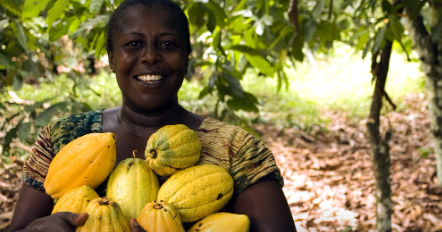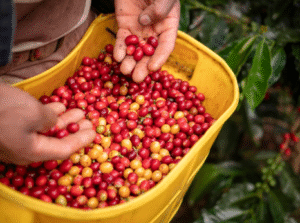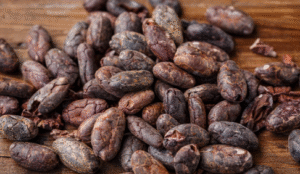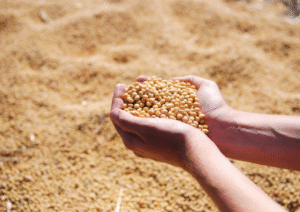CCZ25 CAZ25 #CocoaPrices #CocoaNews #MarketTrends #ChocolateCosts #CommodityMarket #ICE #Robusta #EconomicImpact #Trading #Investment
Why Are Cocoa Prices Dropping After Recent Highs? Discover What’s Impacting Your Chocolate Costs Now!
Cocoa prices have recently experienced a downturn, with December ICE NY cocoa (CCZ25) closing down by $20, or 0.32%. Likewise, December ICE London cocoa #7 (CAZ25) fell by $41, translating to a 0.90% dip. This decline follows a brief surge, as cocoa had reached a three-week high just before. In this article, we delve into the cocoa news surrounding this fluctuation and analyze the factors affecting chocolate costs.
Understanding the Recent Market Shift
The recent dip in cocoa prices primarily results from a combination of market corrections and global supply concerns. After reaching a three-week high, traders may have decided to lock in profits, leading to sell-offs. This behavior is common in volatile markets, especially when prices rise sharply. Moreover, the prevailing economic conditions, including inflationary pressures and fluctuating demand, contribute to the ongoing uncertainty surrounding cocoa.
Seasonal patterns also play a significant role in cocoa pricing. As the harvest season progresses, supply increases, which typically puts downward pressure on prices. Farmers in key cocoa-producing regions are ramping up production, which can lead to an oversupply in the market. This oversupply often forces prices to retreat from their peaks, affecting everything from chocolate manufacturers to consumers.
Global Economic Factors at Play
Additionally, the broader economic landscape influences cocoa prices. Central banks worldwide are adjusting monetary policies, which can have a cascading effect on commodity prices. Higher interest rates can strengthen currencies, making cocoa more expensive for international buyers. Conversely, lower rates can boost demand, driving prices upward. Investors closely monitor these economic indicators to gauge potential price movements.
Trade policies also impact cocoa prices. Tariffs and trade agreements can create fluctuations in cocoa availability. Countries that impose restrictions on imports or exports can significantly alter market dynamics. Thus, any news regarding trade agreements or disputes can lead to rapid price changes.
Looking Ahead: What’s Next for Cocoa Prices?
As we look ahead, several factors will shape the cocoa market. Weather patterns remain a critical variable. Adverse weather conditions can disrupt supply chains, causing prices to spike unexpectedly. Conversely, favorable conditions can lead to increased yields, stabilizing prices.
Market sentiment also plays an essential role. Traders will continue to assess demand forecasts, especially as the holiday season approaches. Increased consumer demand for chocolate during festive periods may bolster prices again, even if they have temporarily dipped.
In conclusion, the recent decline in cocoa prices stems from a complex interplay of market corrections, economic factors, and seasonal trends. Investors and consumers alike should stay informed about cocoa news and the broader context affecting these commodities. To understand more about stock market trends that can impact cocoa prices, check out our stock section for the latest updates.
For traders interested in diversifying their portfolios, consider exploring the opportunities within the crypto space. Discover how blockchain technology and DeFi innovations are reshaping the investment landscape by visiting this link.
In summary, while cocoa prices may have dipped, the market remains dynamic. Continuous monitoring of these trends will be essential for those invested in chocolate production and consumption.







Comments are closed.